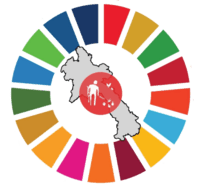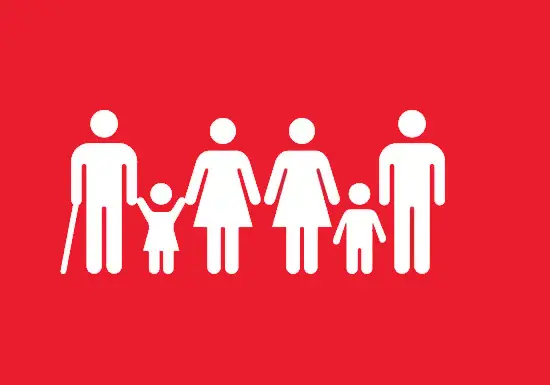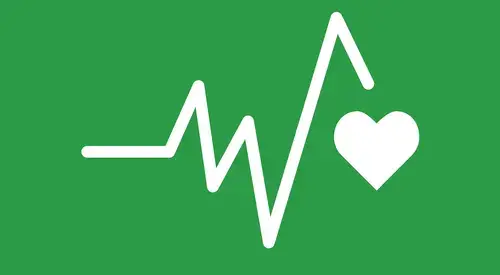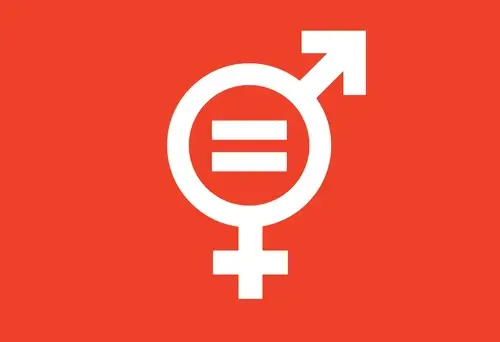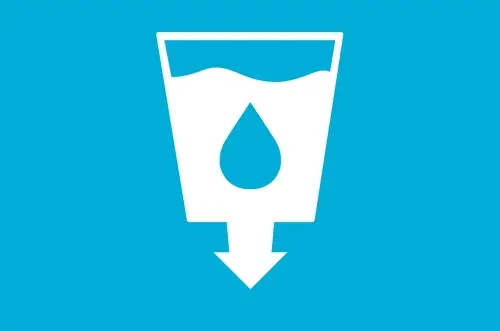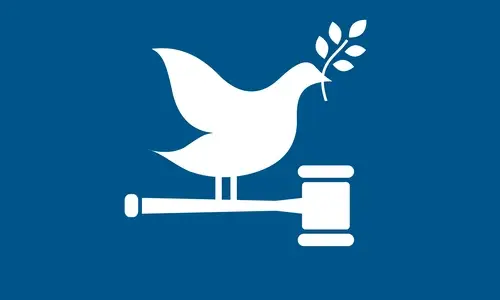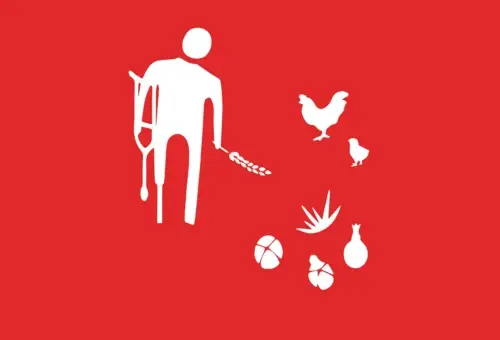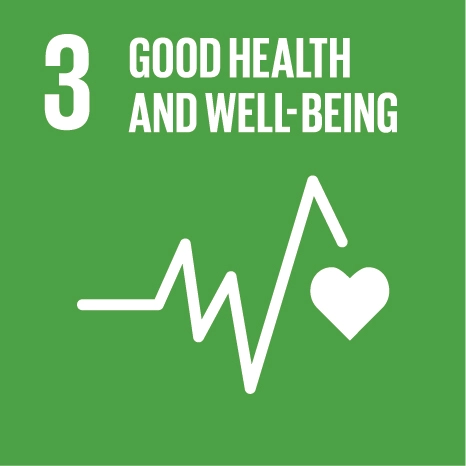
Ensure healthy lives and promote well-being for all at all ages
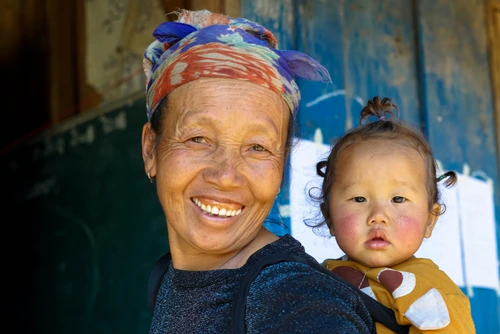
3.1 By 2030, reduce the global maternal mortality ratio to less than 70 per 100,000 live births.
3.2 By 2030, end preventable deaths of newborns and children under 5 years of age, with all countries aiming to reduce neonatal mortality to at least as low as 12 per 1,000 live births and under-5 mortality to at least as low as 25 per 1,000 live births.
3.3 By 2030, end the epidemic of AIDS, tuberculosis, malaria, and neglected tropical diseases and combat hepatitis, water-borne diseases, and other communicable diseases.
3.4 By 2030, reduce by one third premature mortality from non-communicable diseases through prevention and treatment and promote mental health and well-being.
3.5 Strengthen the prevention and treatment of substance abuse, including narcotic drug abuse and harmful use of alcohol.
3.6 By 2020, halve the number of global deaths and injuries from road traffic accidents.
3.7 By 2030, ensure universal access to sexual and reproductive healthcare services, including for family planning information and education, and the integration of reproductive health into national strategies and programmes.
3.8 Achieve universal health coverage, including financial risk protection, access to quality essential health-care services, and access to safe, effective, quality, and affordable essential medicines and vaccines for all.
3.9 By 2030, substantially reduce the number of deaths and illnesses from hazardous chemicals and air, water, and soil pollution and contamination.
3.a Strengthen the implementation of the World Health Organization Framework Convention on Tobacco Control in all countries, as appropriate.
3.9 By 2030, substantially reduce the number of deaths and illnesses from hazardous chemicals and air, water, and soil pollution and contamination.
3.b Support the research and development of vaccines and medicines for the communicable and non-communicable diseases that primarily affect developing countries, provide access to affordable essential medicines and vaccines, in accordance with the Doha Declaration on the TRIPS Agreement and Public Health, which affirms the right of developing countries to use the full provisions in the agreement on Trade-Related Aspects of Intellectual Property Rights regarding flexibilities to protect public health, and, in particular, provide access to medicines for all.
3.c Substantially increase health financing and the recruitment, development, training, and retention of the health workforce in developing countries, especially in least developed countries and small island developing States.
3.d Strengthen the capacity of all countries, in particular developing countries, for early warning, risk reduction, and management of national and global health risks.
3.1.1 Maternal mortality ratio per 100,000 population.
3.1.2 Proportion of births attended by skilled health personnel.
3.2.1 Under-five mortality rate per 100,000 population.
3.2.2 Neonatal mortality rate (28 days old) per 100,000 population.
3.2.3 Infant mortality rate per 1,000 live births.
3.3.1 Estimated number of new HIV infections, number per 1,000 by sex, age, and key population group.
3.3.1.a Percentage of people with diagnosed HIV sustained on ART.
3.3.2 Incident of TB (all forms) per 100,000 population per year.
3.3.3 Malaria incident rate per 1,000 in Lao PDR and among the population living in areas where malaria transmission occurs.
3.3.4 Percentage of infants receiving three doses of hepatitis B vaccine.
3.3.5 Number of people requiring treatment and care for any one of the NTDs targeted by the WHO NTD Roadmap and World Health Assembly resolutions, and reported to WHO.
3.4.1 Mortality of cardiovascular disease, cancer, diabetes, or chronic respiratory disease for 30-70 years old.
3.5.2 Harmful use of alcohol, defined according to the national context as alcohol per capita consumption (aged 15 years and older) within a calendar year in litres of pure alcohol.
3.6.1 Number of deaths from road traffic accidents a year per 100,000 population.
3.7.1 Percentage of women of reproductive age (aged 15-49) who have their need for family planning satisfied with modern methods.
3.8.1.a Coverage of essential health services: Prevention: % Antenatal care coverage (at least 4 visits).
3.8.1.b Coverage of essential health services: Prevention: % Measles & rubella (MR) coverage (%) among 9-12 months old children.
3.8.1.c Coverage of essential health services: Treatment: % of tuberculosis cases detected under DOTS % of tuberculosis cases cured under DOTS.
3.8.2.a Out-of-pocket health expenditure as % of total health expenditure.
3.8.2.b Out-of-pocket health expenditure per capita (US$).
3.9.2 Estimated deaths/year attributable to unsafe water, unsafe sanitation, and lack of hygiene (diarrhea only).
3.9.3 Mortality rate attributed to unintentional poisoning.
3.a.1 Percentage of age-standardized prevalence of current tobacco use among persons aged 15 and above:
- Total
- Female
- Male
3.a.2 Percentage of prevalence of current tobacco use among adolescents aged 13-15 years:
- Total
- Female
- Male
3.b.2 Total net official development assistance disbursed to the basic health sectors.
3.b.3 Percentage of health facilities with essential medicines available based on MOH essential drug list.
3.c.1 Health workers per 1,000 population by:
- Urban
- Rural
- Doctors
- Nurses
- Midwives
3.d.1 Lao PDR adopts International Health Regulations (IHR) capacity and health emergency preparedness: Yes/No.
